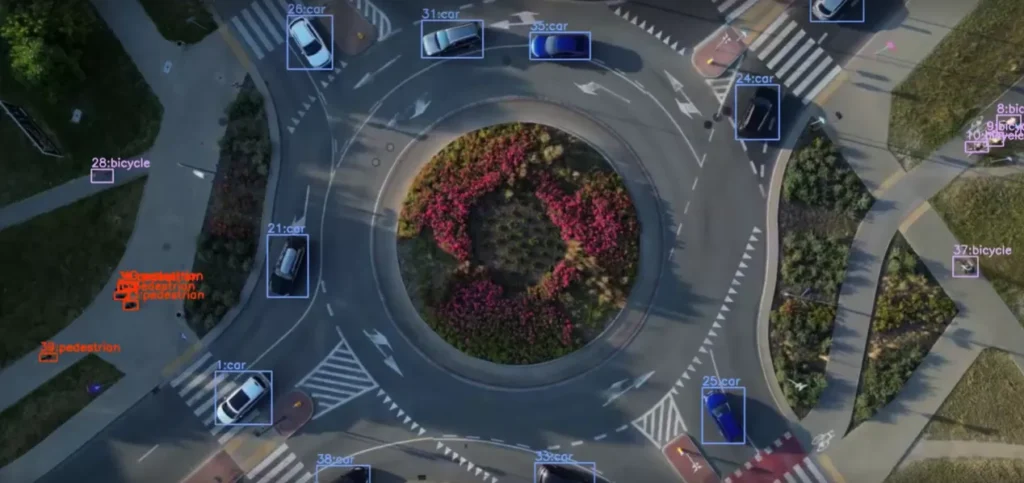
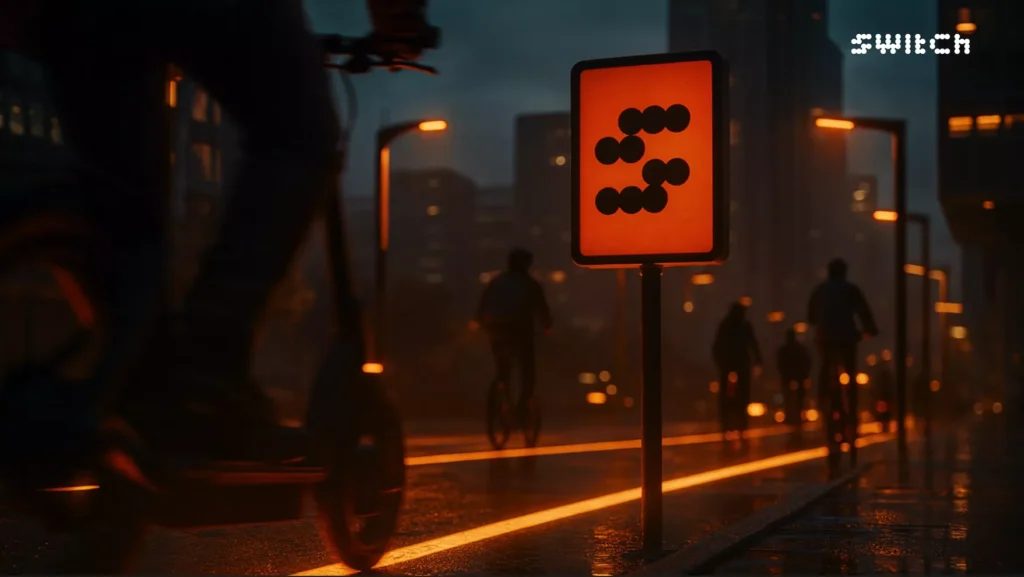
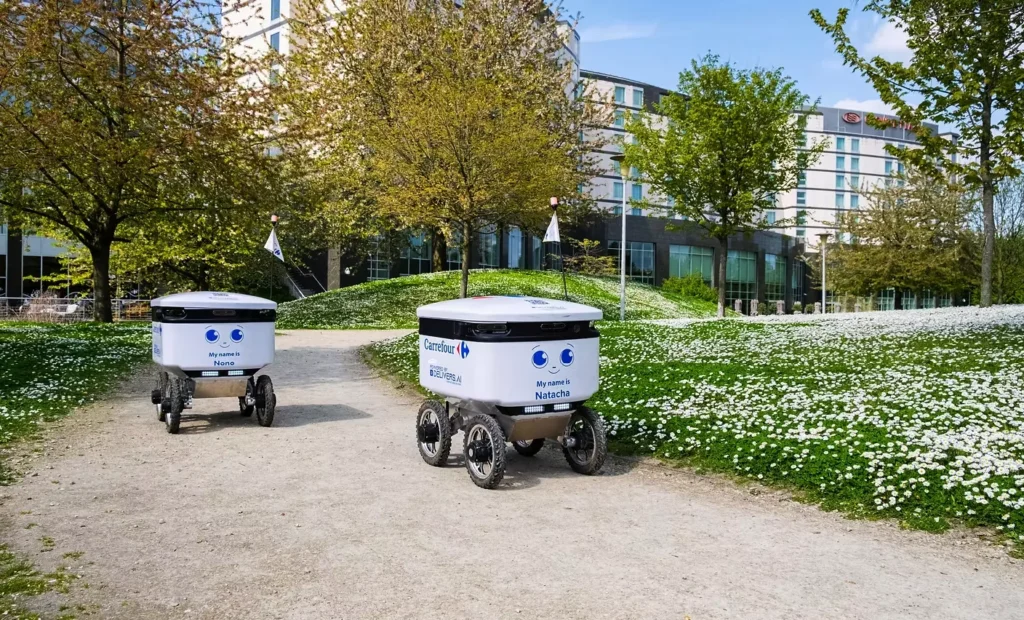
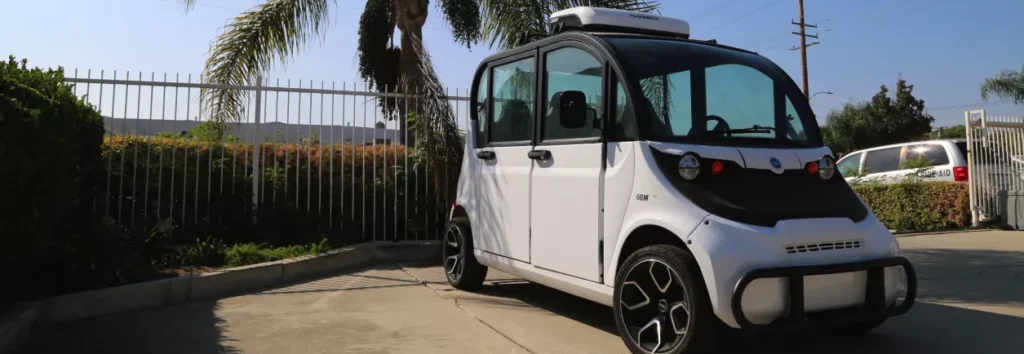
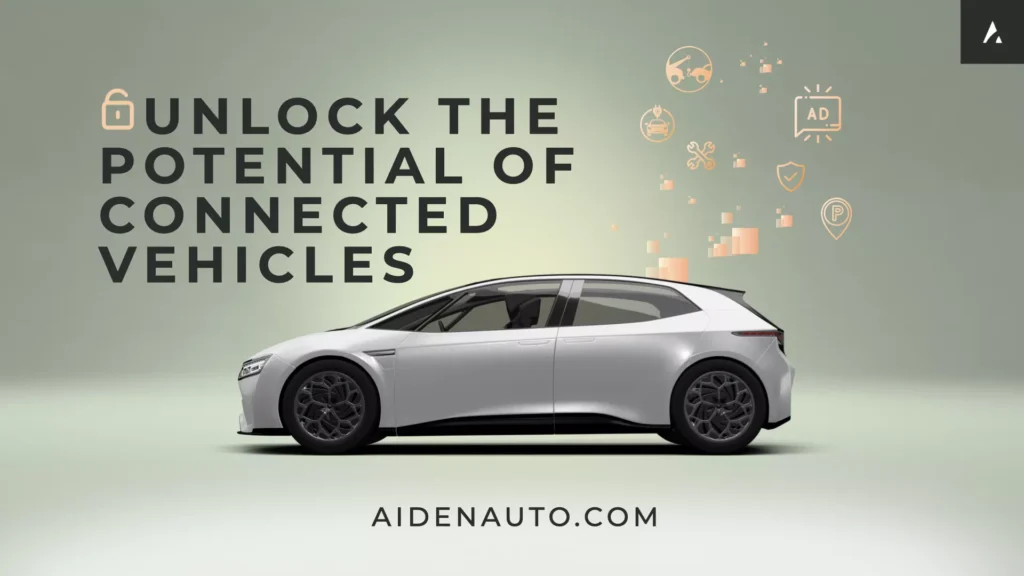





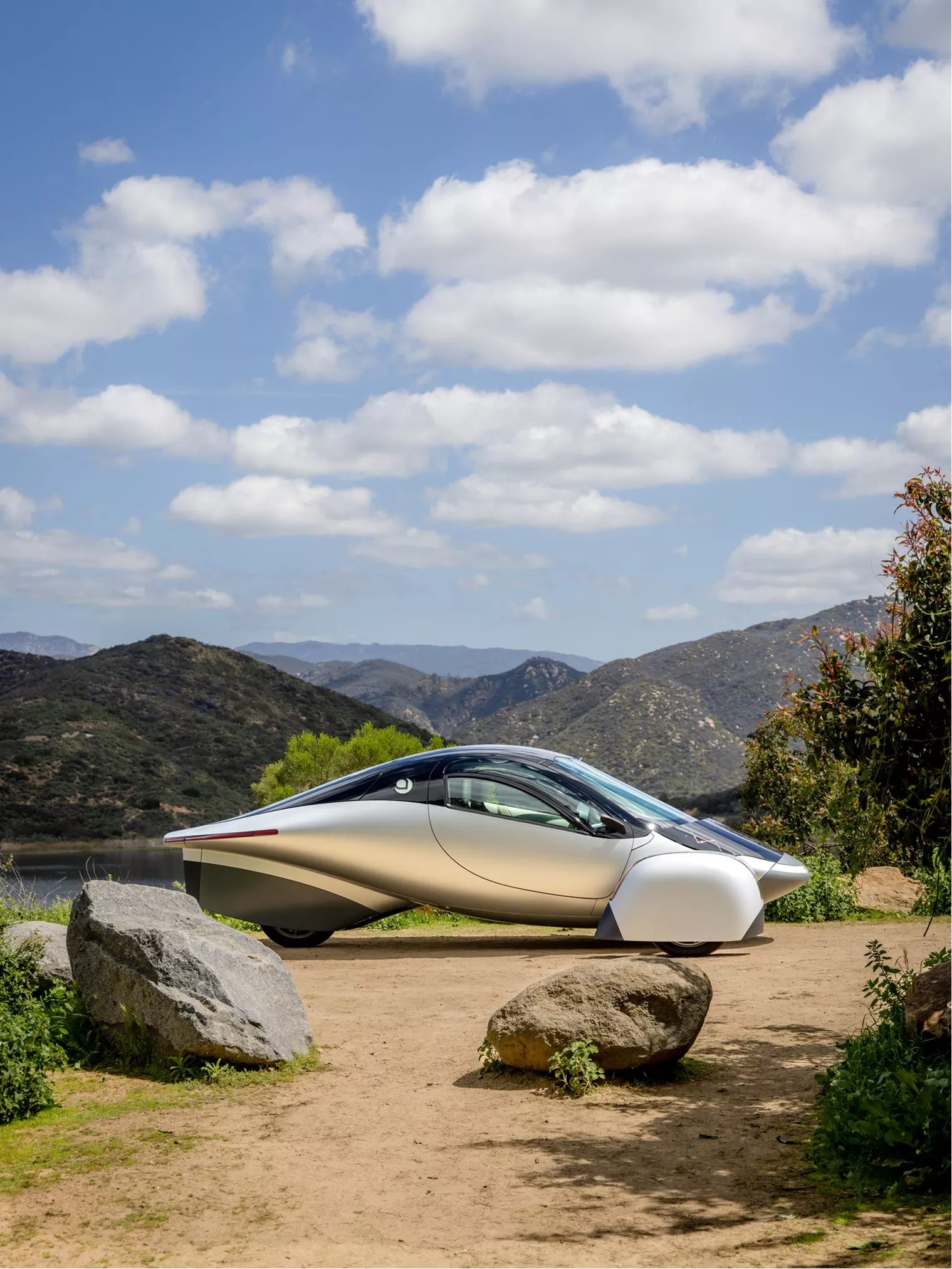
From EVs and batteries to autonomous vehicles and urban transport, we cover what actually matters. Delivered to your inbox weekly.
As the U.S. and Europe try to decouple their EV supply chains from China, a new workaround has emerged — one that’s legal on paper, but murky in practice.
Battery materials — lithium, cobalt, nickel, graphite — are still flowing from Chinese companies. They’re just making pit stops in Vietnam, Mexico, Hungary, or Morocco first.
A bit of milling here. Some packaging there. Enough to slap on a new “country of origin” — and keep tax credits and trade access intact.
But regulators are waking up. The U.S. has rolled out FEOC rules and origin audits. The EU is deploying tariffs, battery passports, and CO₂-based incentives. Companies betting on shadow logistics may soon be exposed — and penalized.
Let’s unpack the (gray) logistics of the global battery race. ⚡️
Batteries are the beating heart of the electric revolution. but what happens when they start to fade?
Enter NOWOS, a Netherlands-based startup pioneering a circular approach to battery life. Instead of scrapping used or damaged lithium-ion batteries, NOWOS repairs, refurbishes, and repurposes them — keeping critical materials in use and out of landfills.
With a 92% repair success rate and clients across Europe, NOWOS is proving that battery longevity is both a sustainability win and a business model. Learn more about NOWOS here!
For years, China dominated the EV material supply chain:
The origin of your battery may have said “Made in Germany” — but the chemistry came from Chengdu.
Geopolitical pressure is forcing a shift, or so it seems.
But in reality? The same Chinese companies are still in the chain, just re-exporting through third countries:
The workaround era may be short-lived.
⛓️ Automakers and battery producers who can’t verify material provenance may lose access to $7,500 tax credits in the U.S. — or face supply chain penalties in Europe.
In this new world, it’s not just about where your EV is assembled — it’s about where every molecule in the battery came from.
We have some catching up to do.
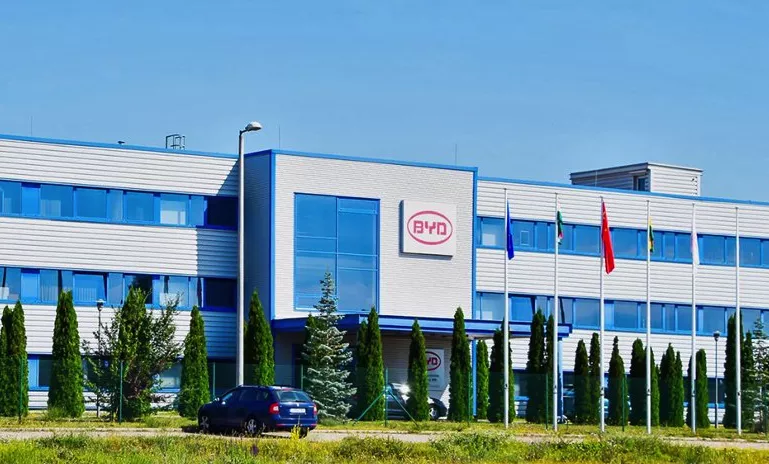
🛑 U.S. Tightens Rules on Foreign Battery Materials
The U.S. Department of Energy has issued new guidance cracking down on Chinese-origin battery inputs, stating that “material origin laundering” through third countries may disqualify EVs from IRA tax credits. The updated rules target re-export routes via Thailand, South Korea, and Eastern Europe. (Kilpatrick)
🌍 Hungary Emerges as Battery Hub — With Chinese Backing
CATL has ramped up operations at its €7.3B battery plant in Debrecen, Hungary — its largest in Europe. But scrutiny is growing as critics argue the facility merely shifts Chinese content into “European” wrappers. (DailyNewsHungary)
🇲🇦 Morocco Becomes a Magnet for EV Supply Chains
New investment deals in Morocco — including from Gotion and CNGR — are turning the country into a strategic detour for Chinese firms aiming to serve EU markets tariff-free. (South China Morning Post)
⚖️ EU Investigates Chinese Battery Content in “European” EVs
The European Commission has launched probes into several EV manufacturers suspected of using Chinese battery components re-labeled through third-party processors in Hungary and Turkey. The Battery Passport rules, coming in 2026, are expected to force full disclosure. (Digitimes)
🧪 Traceability Tech on the Rise
Battery startups like Circulor and MineSpans are reporting record demand for blockchain-based traceability tools as automakers scramble to prove supply chain compliance ahead of new regulatory deadlines.
🚫 China Restricts Rare Earth Exports Again
Beijing has expanded its export controls on processed rare earths, including neodymium and praseodymium — crucial for EV motors. Analysts warn of “strategic retaliation” as Western trade policies tighten. (Financial Times)
Tariffs. Trade rules. “Made in” labels. Western governments have built a wall to keep Chinese EV dominance at bay. But China didn’t scale a trillion-dollar battery empire by playing checkers.
Let’s bust the myths behind the new EV sourcing game — and expose how the global supply chain is being quietly rewritten.
🚫 Reality: In name only. Chinese firms like CATL, BYD, Gotion, and CNGR are building factories in Hungary, Morocco, and Thailand — not just for local markets, but to funnel Chinese battery content into “compliant” vehicles.
The result? Chinese tech, European sticker.
🚫 Reality: Not even close. They just re-route it.
This is origin laundering in motion: shift final assembly to a low-tariff country, slap on a new certificate, and roll into Western markets.
⚠️ Reality: They’re catching up — slowly.
But until enforcement catches up, the shadow supply chain keeps humming.
🚫 Reality: It’s going mainstream.
Startups like Circulor and MineSpans are getting flooded with demand from automakers under pressure to prove compliance.
In 2025, traceability = eligibility.
Tariffs may slow the flow, but they don’t erase China’s upstream grip on EVs. Until true local alternatives scale, the global EV market will remain tied to Chinese metals, materials, and know-how… even if the badge says “Berlin” or “Detroit.”
⚙️ “A New Cold War Is Brewing Over Rare Earth Minerals”
China just made it harder to export key rare earth minerals — and the ripple effects are hitting automakers fast. This piece from The Verge breaks down what it means for EV supply chains, especially as the U.S. and Europe scramble to build cars without relying on Chinese magnets.
Tesla, Ford, and GM all depend on refined materials like neodymium and dysprosium to build high-performance EV motors. Now? They’ll need licenses, paperwork, and maybe even new suppliers.
🧠 If you want to understand the next front in the EV trade war, this is your read.
“European-made EVs” are supposed to be tariff-proof, regulation-ready, and geopolitically safe.
But dig a little deeper, and you’ll find Chinese battery materials rerouted through Hungary, rare earth magnets smelted in Sichuan and shipped via Morocco, and “local” supply chains that only become local in the final 10% of assembly.
⚠️ As the EU tightens its Battery Passport rules and the U.S. clamps down on “origin laundering,” the entire EV compliance game is entering a new phase: prove it or lose it.
The problem? Full traceability isn’t just hard — it’s barely even possible in today’s system.
🔍 So here’s the question:
Are we building truly regional supply chains — or just better ways to hide where things come from?
📬 Hit reply and let us know what you think.